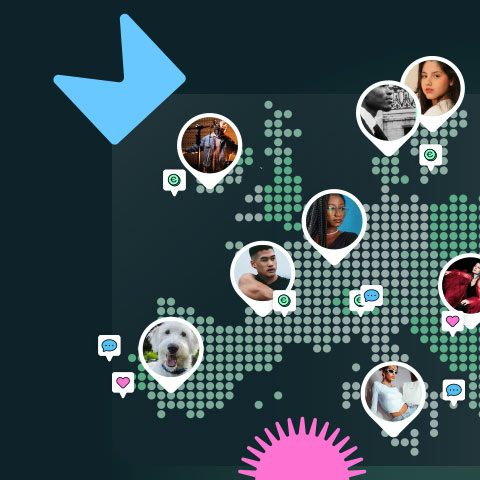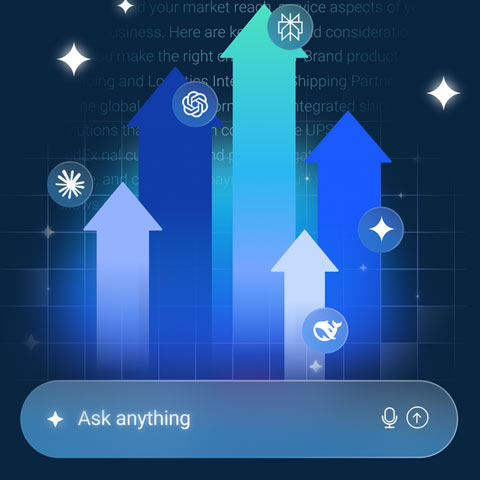How to Make Your Automated Emails More Personal


Automated emails are efficient, but can come across as cold, impersonal and, well, automated. This can be problematic for marketers, particularly as some automated emails are sent at important points during the customer journey. A good example of this is welcome emails, which have an average open rate of 50%, making them 86% more effective than regular emails. Take a look at how you can give your automated emails a personal touch.
Personalised subject lines
Emails can seem more personal before they’ve even been opened. According to Campaign Monitor, emails with personalised subject lines are 26% more likely to be opened, so if you have sufficient data, personalised subject lines can be a great way to encourage customers to open. Beyond just including a name, you could use different personalised subject lines depending on age or gender, whether they are a new or returning customer and so on.
Use a conversational tone and speak like a friend
Customers want to be understood and communicated with on an individual level. Generic or indirect automated emails make them feel like “just another user”. By using a less business-like tone and using copy that feels like it could be in a personal email to a friend, you can help build an authentic feeling with your customer. A quick and easy way to do this is to use the second person - e.g. using “you” rather than “our customers”.
In addition this, you further encourage customers to build a relationship with you by;
Want more like this?
Want more like this?
Insight delivered to your inbox
Keep up to date with our free email. Hand picked whitepapers and posts from our blog, as well as exclusive videos and webinar invitations keep our Users one step ahead.
By clicking 'SIGN UP', you agree to our Terms of Use and Privacy Policy


By clicking 'SIGN UP', you agree to our Terms of Use and Privacy Policy

Sending from a real person
It can be difficult to assert that your brand is personal and authentic through emails that are sent from a nondescript “marketing@yourcompany.co.uk” address with kind regards from “the entire company”. In some cases, sending an email from a real person that represents your brand, whether that’s yourself or someone else, can add charisma and personality to your automated emails.
Considering plain text Vs HTML
Depending on your brand and why the email is being sent out and for what purpose, it could be worth considering ditching HTML templates and using plain text emails instead. There are some pros and cons for this; the biggest benefit of plain text emails is that they feel much more individual than perfectly constructed HTML emails, particularly when sent from an actual person - after all, how often have you sent templated emails to your friends? However, this does come at a cost, as plain text emails can’t carry branding or even images.
Create different variants of automated emails
“One size fits all” automated emails can’t possibly connect with customers on a personal level. To combat this, create multiple versions of the same email, and adapt the content to appeal to whoever is likely to receive it. One example of this is Americanising the spellings of words in emails that will be sent to American customers. By drawing on customer data, such as geographical location, gender, age, job title, company size, industry, interests, and so on, you can create emails that are as targeted and specific as you want them to be, helping you build a personal relationship with your customers.
With the proliferation of email automation systems, it’s getting easier to create an extensive automated email strategy. It is imperative that marketers never forget that they need to be connecting and engaging with their customers at all times, and as automated emails get 119% higher click rates than broadcast emails, email marketers must ensure that their automated emails are in line with their brand message.
Want more like this?
Want more like this?
Insight delivered to your inbox
Keep up to date with our free email. Hand picked whitepapers and posts from our blog, as well as exclusive videos and webinar invitations keep our Users one step ahead.
By clicking 'SIGN UP', you agree to our Terms of Use and Privacy Policy


By clicking 'SIGN UP', you agree to our Terms of Use and Privacy Policy









